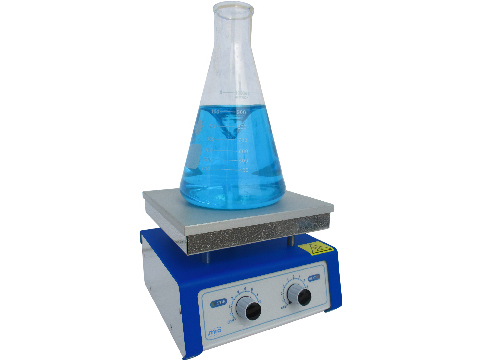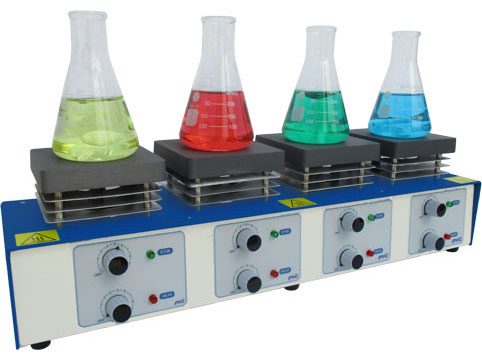Among the indispensable tools in a laboratory setting are hotplates and stirrers, which serve a variety of purposes across different experiments. In this comprehensive guide, we'll delve into the intricacies of hotplates and stirrers, offering insights into their types, applications, and the essential factors to consider when selecting the right equipment.
What are Hotplates?
Hotplates are ubiquitous in laboratories, providing a controlled heat source for experiments. These devices come in various types, such as magnetic and ceramic hotplates. When selecting a Laboratory hotplate, it's crucial to consider features like temperature control, uniform heating, and the type of experiments it will be used for.
Exploring Stirrers
Stirrers, on the other hand, are designed to mix substances efficiently. From magnetic stirrers to overhead stirrers, each type has its unique advantages. The key to choosing the right stirrer lies in understanding the viscosity of the substances being mixed and the desired speed of agitation.
Combined Hotplates and Stirrers: Advantages and Applications
Combining hotplates and stirrers into a single unit offers numerous advantages. This section explores how this dual functionality enhances efficiency in various applications, from chemical synthesis to biological research.

Choosing the Right Hotplate and Stirrer Combo
Selecting the right combination of hotplate and stirrer involves considering factors like compatibility, speed range, and safety features. This section provides practical tips to help users make informed decisions, ensuring the chosen equipment aligns with their specific needs.
what is magnetic stirrer?
A magnetic stirrer is a crucial piece of laboratory equipment designed to efficiently mix liquids using a rotating magnetic field. It consists of a small magnetic bar or bead placed in the solution that needs stirring and a magnetic stir plate underneath the container. The stir plate generates a rotating magnetic field, causing the magnetic bar to spin and agitate the liquid.
Key Features:
- Magnetic Bar: Typically coated in PTFE (polytetrafluoroethylene) for chemical resistance, the magnetic bar is placed in the liquid to be stirred.
- Stir Plate: The device underneath the container that creates the magnetic field, inducing the magnetic bar's rotation.
- Speed Control: Magnetic stirrers often come with adjustable speed settings to control the intensity of the stirring.
- Heating Capability: Some magnetic stirrers also have heating elements, allowing for simultaneous stirring and temperature control.

Laboratory Hotplate with Magnetic Stirrers
Laboratory hotplate stirrers are indispensable tools in the world of scientific research and experimentation. Combining the functions of heating and stirring, these devices play a crucial role in various industries, providing researchers and scientists with the precision and control needed for successful experiments.
How Hotplate Stirrers Work
At the heart of these devices is a sophisticated mechanism that seamlessly integrates heating elements with magnetic stirring. A hotplate stirrer typically consists of a heating surface, a magnetic stir bar, and controls for temperature and stirring speed. The magnetic stir bar, when placed in the liquid sample, reacts to the rotating magnetic field generated beneath the hotplate, ensuring thorough mixing.